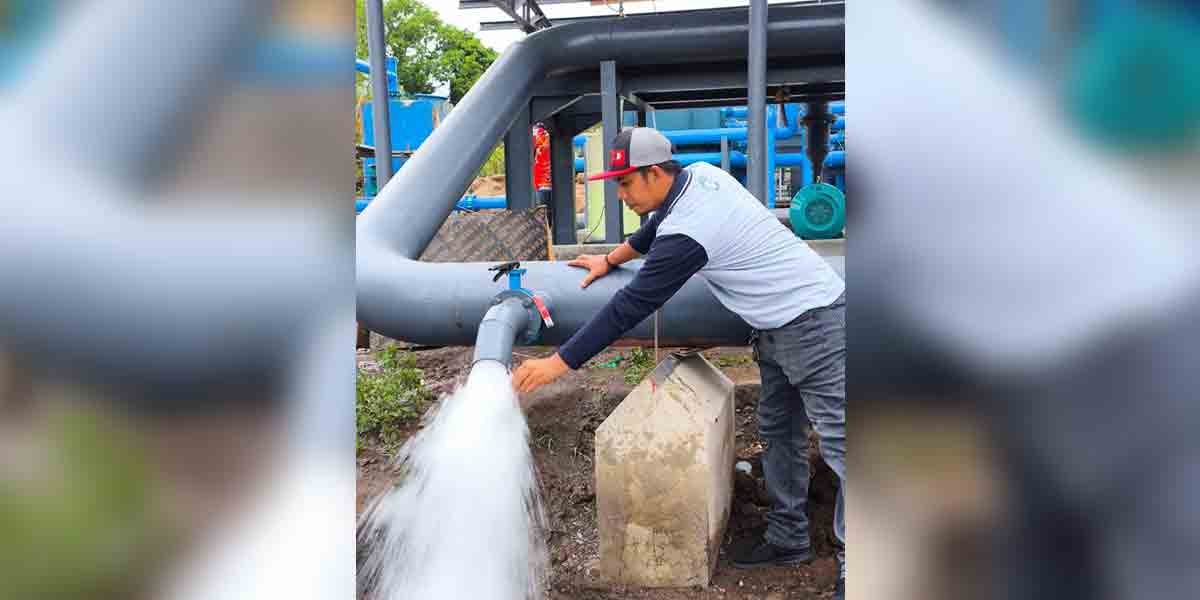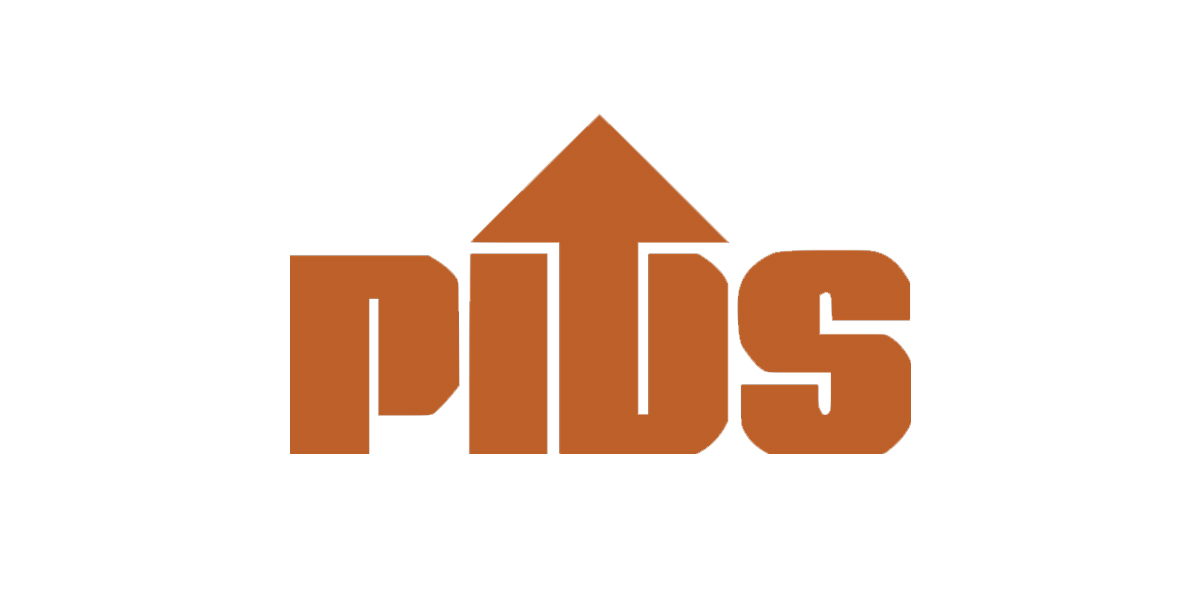Iloilo’s alarming rise in animal bite cases bring to the fore once more a critical public health issue that demands immediate attention.
The province recorded 70,405 animal bites in 2024, with five fatalities, according to the Iloilo Provincial Health Office (IPHO).
Despite a steady number of rabies-related deaths, the sharp increase in bite incidents reveals significant gaps in addressing the rabies threat. The municipalities of Pototan, Barotac Nuevo, Alimodian, Estancia, and Mina reported fatalities, highlighting the widespread nature of the problem.
The IPHO has emphasized the role of responsible pet ownership in rabies prevention. The campaign theme for Rabies Awareness Month, “Rabies-Free na Pusa’t Aso, Kaligtasan ng Pamilyang Pilipino,” reflects this urgent need.
Dogs are the primary source of bites, making vaccination and pet care pivotal in combating rabies. The data shows a troubling trend: cases have nearly doubled since 2021, despite government efforts to curb the issue. In 2021, there were 40,183 cases and 12 deaths, while 2024 saw 70,405 cases and five deaths.
The slight decline in cases from 2023 to 2024 suggests progress, but the numbers remain unacceptably high.
One major cause of the problem is irresponsible pet ownership, which allows unvaccinated animals to roam freely. Many pet owners fail to vaccinate their pets or confine them, increasing the risk of rabies transmission.
Another issue is the lack of public awareness about rabies prevention and the importance of timely medical intervention.
The government has taken significant steps to address the crisis, such as expanding animal bite treatment centers across Iloilo.
Currently, 33 centers operate in hospitals and rural health units, with more expected to open in 2025.
These centers reduce the burden on residents who previously had to travel far for treatment.
The Provincial Veterinary Office (PVO) has also launched a province-wide dog vaccination campaign to meet the target of vaccinating 70% of Iloilo’s dog population. This initiative is a critical step toward Iloilo’s goal of becoming rabies-free by 2030.
However, gaps remain, particularly in ensuring sufficient vaccine supply and reaching remote areas.
The government allocated ₱9 million for vaccines and supplies in 2024, but the demand often exceeds supply. To strengthen its efforts, the government must prioritize public education campaigns on rabies prevention and responsible pet ownership.
These campaigns should focus on the dangers of rabies, the importance of vaccination, and proper first-aid measures for animal bites. Schools, community centers, and local government units can serve as platforms for these educational initiatives.
Additionally, stricter enforcement of pet vaccination and confinement laws is necessary to reduce the number of stray and unvaccinated animals.
Collaboration with non-governmental organizations (NGOs) and private sectors can also help bridge gaps in funding and resources. Community participation is equally vital in addressing the rabies crisis in Iloilo.
Pet owners must take responsibility for vaccinating their pets and keeping them confined to prevent bites and rabies transmission. They should also follow proper first-aid measures for animal bites, such as washing the wound with soap and water and seeking medical attention immediately.
The community must also support government vaccination drives by bringing their pets for immunization and encouraging others to do the same.
Rabies is entirely preventable, yet it remains a persistent threat due to negligence and lack of awareness.
By working together, the government, communities, and pet owners can make Iloilo rabies-free and protect lives from this deadly disease.




















